Tue 19 Jul 2016 by Philip Woodcock
Acta Orion combines excellent seakeeping with onboard comfortable accommodation and an access system
from Ampelmann
There is a lot of talk at the moment about how service operation vessels (SOVs) are the future of personnel transfer in the
offshore wind industry. Huge investment is being made in new and retrofitted equipment, with many vessel owners
seeing offshore wind as a port of refuge for beleaguered offshore support vessels.
However, not all SOVs are the same, as owner Acta Marine claims. Acta Orion is not your typical SOV and is marketed
by Acta Marine as a construction support vessel due to its larger accommodation capacity and cargo decks for more than
20 containers. When launched in late 2015, many said that the vessel was too long and not wide enough to be successful,
but the last six months of operations have proved them wrong.
Acta Orion’s hullform is an adaptation of the successful line of Dutch North Sea cargo carriers that have a long and
slender hull shape. When these were designed, the emphasis wasn’t so much on seakeeping, but Acta Orion’s slender
hullform has proven ideal for limiting roll in typical short-period wave conditions experienced in the North Sea. This is
very important when acting as an SOV, both for the comfort of the clients on board and for the performance of the motion
compensated gangway, in this case, an Ampelmann E-type, which is mounted on the centreline amidships.
Client comfort, transferring personnel safely and cost efficiency are the ‘holy trinity’ of SOV operations. In all three
elements, Acta Orion succeeds. Due to its large size, client personnel have much more space than would normally be
found on an 80-person offshore support vessel. This allows Acta Marine to provide a large amount of recreational space
for windfarm technicians to enjoy in their off-duty time. When on duty, the vessel also has a large number of offices and
conference rooms where the complicated task of delivering a ‘balance of plant’ contract like Gemini is performed. In this
offshore think-tank, the management of Van Oord Offshore Wind Projects planned and delivered the foundation and cable
installation of this massive, 600 megawatt (MW) offshore project. It was found that having the project offices just below
the bridge allowed the project team to easily communicate with the navigation crew but did not introduce the risk of
bridge operations being disturbed by the pressures of project management.
Communication is essential to the success of any major project but is especially challenging when operating so far from
shore. Acta Orion provides a dedicated communications office with connections to the key points of the vessel and very
small aperture terminal (VSAT) satellite data and communications allowing for all infield and field-to-shore
communications. For crew transfer vessels (CTVs), satellite communication is a costly investment, so a wireless (WiFi)
transmitter is mounted on Acta Orion’s deck to send and receive emails when in close proximity to the ship. It was found
by CTVs and the project team alike that the telephone application WhatsApp was the most reliable means of staying in
touch as it requires very little connectivity and works also via WiFi. For future projects, Acta Marine has said that
separated recreational and professional VSAT would be considered to ensure that welfare needs do not impact on the
operational performance of the project.
Gemini is a combined project of two 300MW windfarms located more than 40 nautical miles off the northern Dutch
coast. It consists of 150 Siemens SWY-4.0-130 wind turbines. Gemini claims many firsts including being completely EPCI constructed, with Siemens awarded the towers and turbines contract and Van Oord responsible for the balance of
plant. Both engineering, procurement, construction and installation contractors have ‘skin in the game’, having taken
equity stakes in the project. The windfarm developer is also not your normal energy utility but Canadian energy investor
Northland Power. The balance of plant timetable was ambitious for such a large project so far from a base port – with the
export cable starting in March 2015 and the first CTVs arriving in June 2015. At the time of writing, the balance of plant
was expected to be delivered by September 2016.
The peak of operations on Gemini saw three SOVs with dynamic gangways supporting eight CTVs. This spread gave the
construction partners huge redundancy no matter the weather offshore. Acta Orion supported CTVs from Acta Marine,
Turbine Transfers and Stemat. The logistic spread saw the CTV crews staying offshore on Acta Orion and the cable
vessels Nexus and Jan Steen. At one point in March 2016, three Acta Marine CTVs remained constantly offshore for 22
days without a port call.
Undertaking 24-hour operations in co-operation with Acta Orion’s Ampelmann gangway significantly enhanced
productivity for Van Oord’s site team. During January and February, Acta Orion achieved over 60 per cent operational
availability, which leapt to in excess of 90 per cent in March and April. In the same period, the CTVs performed 1,100
landings with 7,500 individual transfers. The Ampelmann has made 1,300 landings, 5,000 transfers so far and performed
750 cargo lifts of up to 1,000kg.
Acta Orion looked after its smaller cousins well, providing fuel and fresh water at all hours and good food and a warm
bed at the end of a long day. For the CTV crews, the first few days of offshore operations were a real challenge as most of
them were used to traditional shore-based projects. It was found that the human elements in leadership and management
(HELM) course that many had attended helped to make crews aware of the challenges of living together for long periods
of time.
To support CTV operations offshore, it is vital that the SOV has a good boat landing, offset from the hull and well clear
of the thruster wash. Acta Orion was originally built with boat landings recessed into the hull, which makes free running
and port entry easy, but consultation with CTV crews during final construction saw a third offset boat landing fitted.
The height of boat landings is critical. The distance to climb is in excess of 2m, so fall arrest arrangements and training
needs to be provided not only to the technicians but also vessel crew. The ability to transfer fuel safely and quickly is a
much missed asset on most windfarm projects – when bunkering offshore, miscalculation can severely impact operations.
Acta Orion was delivered with a high speed offshore transfer rig, with dry break couplings in the hose and high pressure
Todo fittings on the vessels. This meant that the vessels are exposed to risk for the minimum amount of time when pushed
on with a fuel rig attached, and the risk of environmental incident is reduced to a manageable level.
Although many SOV operators make bullish claims about workability, Acta Marine, with its combination of construction
support vessel Acta Orion and a support fleet of crew transfer vessels, has established a baseline for winter workability in
the harsh conditions of the German Bight. Six months of operations have allowed main contractor Van Oord to maintain
an aggressive construction schedule by finding the equivalent of one extra month of workability during the winter.
Following the experience of this first winter of operations, Acta Marine says it can “confidently agree” a 3.0m significant
wave height (Hs) workability in contract terms. In this case, Acta Orion has demonstrated that size really does matter
when building offshore.
Philip Woodcock is chairman of the Workboat Safety Forum and operations director – Workships Contractors BV and
Acta Marine Wind Services BV



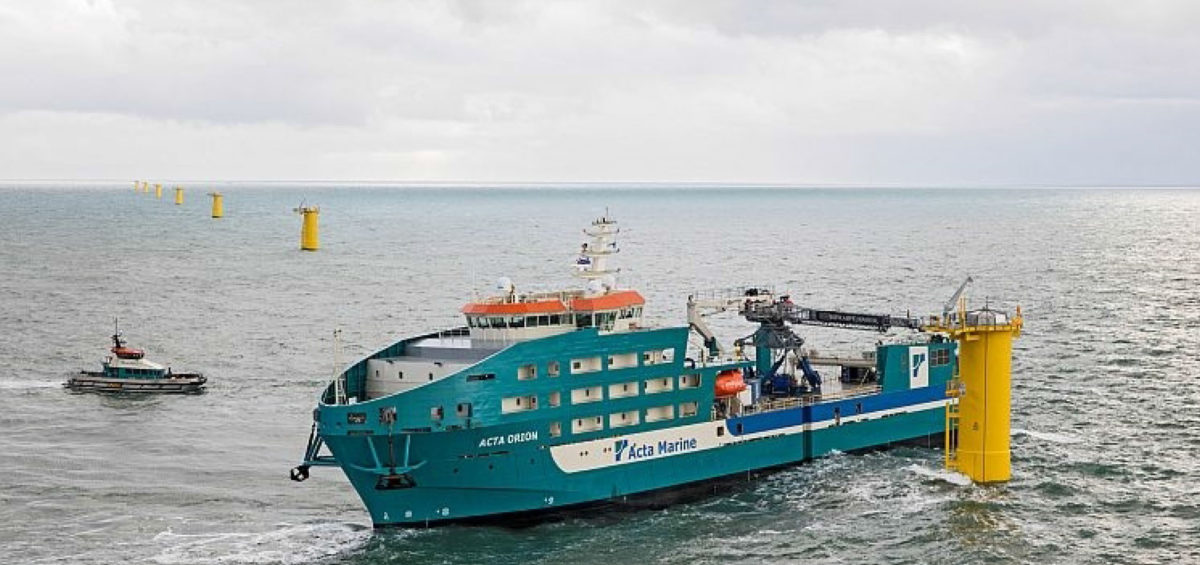
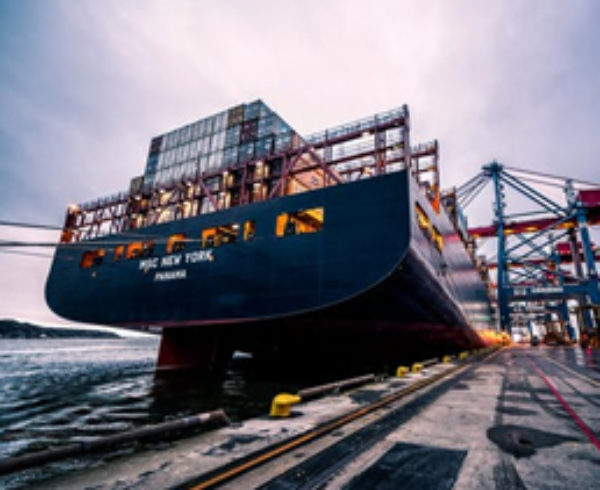
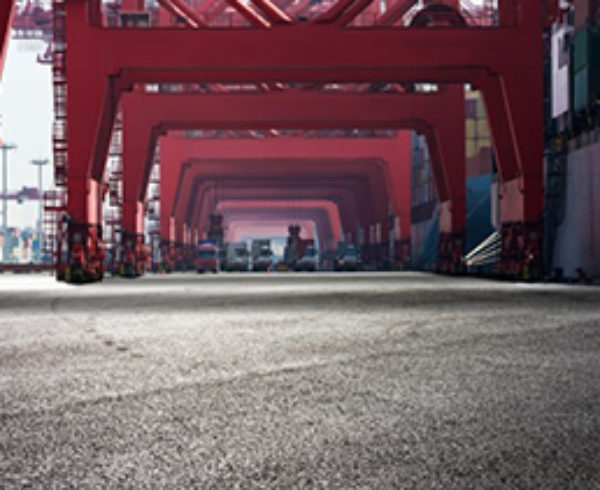
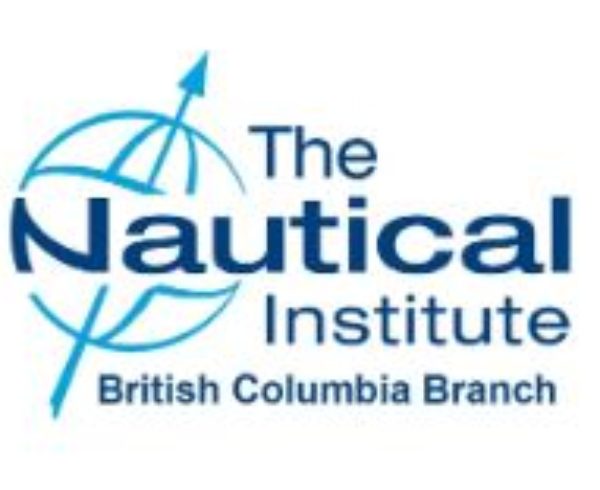
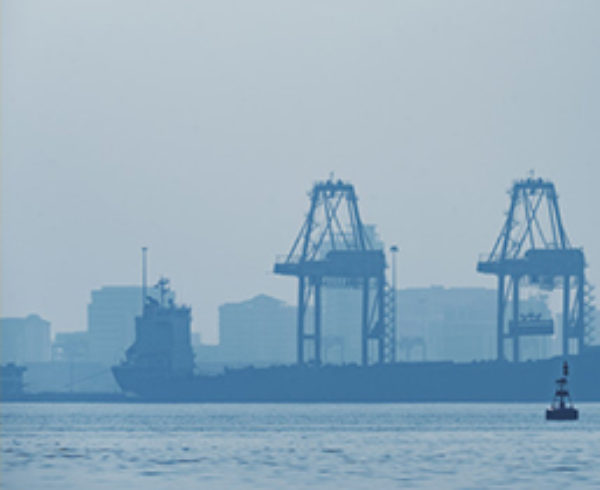

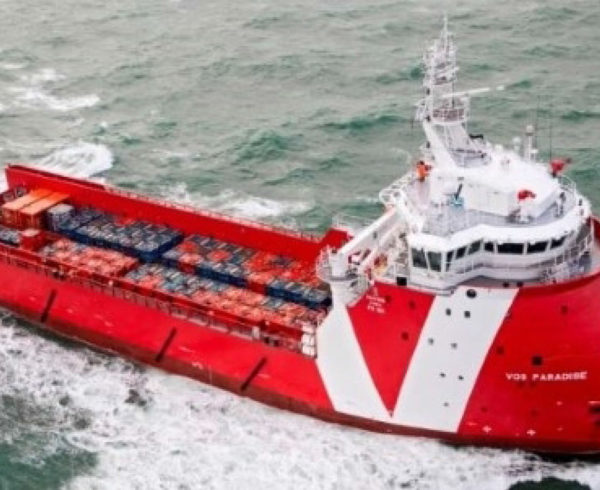
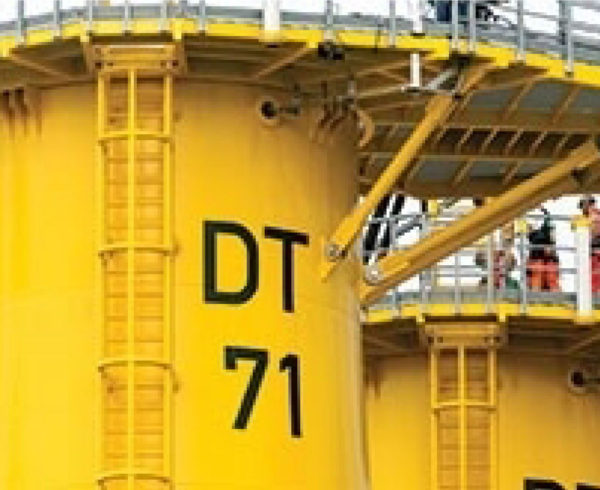
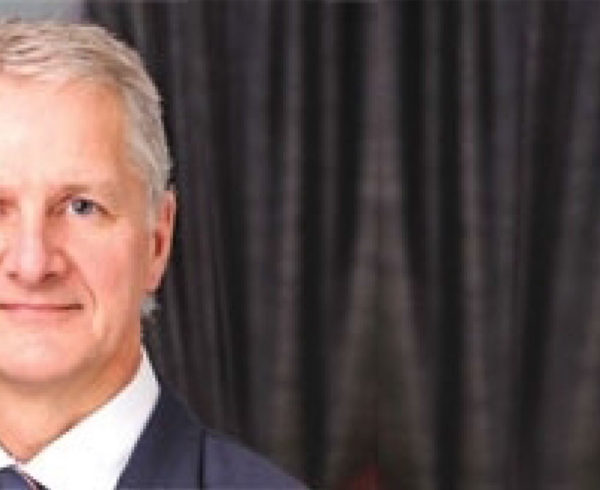

Leave a Comment